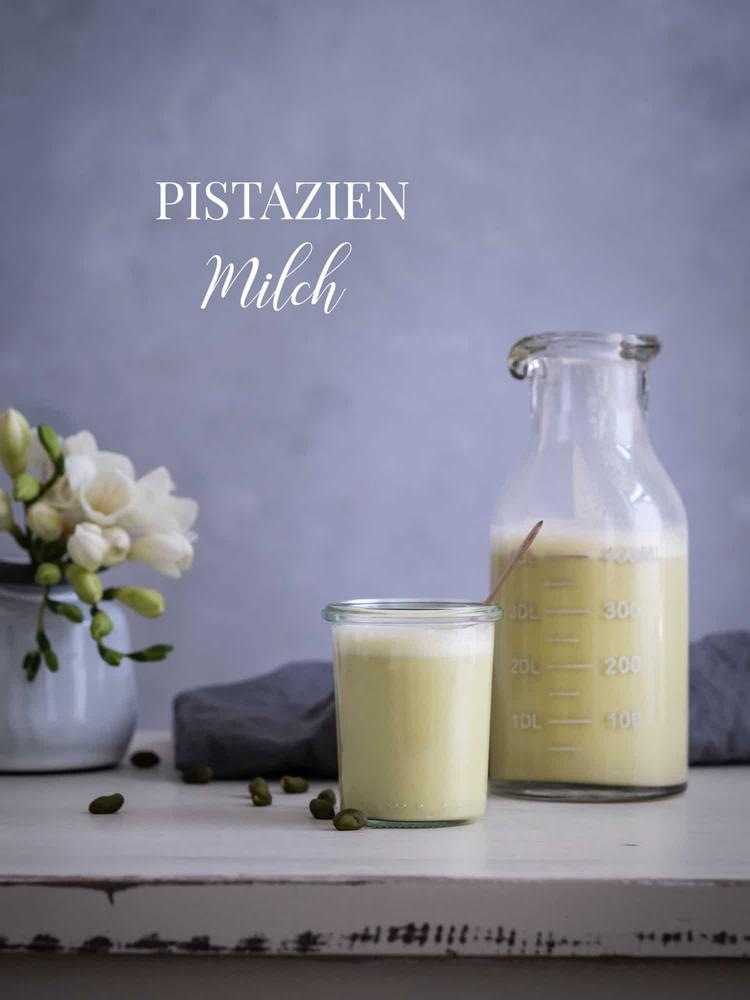
Vaccinations, keeping distance, washing thoroughly hand washing and disinfecting, regular testing: There are some measures that we have been implementing since the beginning of Corona pandemic to curb the spread of Virus Sars-Cov-2 as far as possible.Among other things, it also includes wearing an FFP2 mask: it offers extremely high protection against corona infection.
Because: breathing protection masks of the FFP2 protection class filter at least 94 percent of the particles in the air up to a size of 0.6 micrometers (µm).Coronaviruses themselves have a diameter of 0.12 to 0.16 μm.As a rule, however, they are excreted as part of larger particles, which can be kept in the air for different lengths of different lengths and can continue to be carried differently with air flow.19.95 €
An FFP2 mask protects against water and oil-based particles.They do not protect three or enzymes from cancer -producing substances, radioactive particles, air -beared biological work substances of the risk group.At the beginning of the pandemic, the Robert Koch Institute recommended either to wear an FFP2 or an FFP3 mask, on the one hand to protect another from one infection, but also so that the wearer is not infected in itself.Disposable, fabric or medical masks protect the environment, but not even from an infection with SARS-COV-2.
Be sure to wear the FFP2 mask correctly
So that an FFP2 mask or KN95 mask (we have explained the difference between breathing protection masks here) really guarantees this protection, but it depends on the right way to wear, as researchers from the Göttinger Max Planck Institute for Dynamics and Self-Organization now afterreport a study.According to this, the likelihood of infection when wearing an FFP2 mask is 0.1 percent if a infected and a healthy person in an interior meets at a short distance at a period of 20 minutes, according to an example scenario.Provided that the mask is also correct, the team led by institute director Eberhard Bodenschatz writes in the "Proceedings" of the US National Academy of Sciences.
In contrast, the risk of infection in the same scenario is around four percent in the case of a faulty ffp2 mask, as the team calculated.For optimal protection, the nose hanger must therefore be formed into a "rounded W".This ensures that it presses on the side of the nostrils and thus prevents more preventing particles in the nose or mouth.In the case of surgical masks, a good fit is enough to reduce the risk of infection to a maximum of ten percent.
The researchers have calculated the risk of infection by combining many different factors such as particle sizes, physics when exhaling, combining different mask types and risk of inhaling of coronaviruses and taking them into account in their results."In daily life, the actual probability of infection is certainly ten to hundred times smaller", soil treasure is quoted in a message from the institute according to dpa.If even the greatest theoretical risk is low, the institute director continued under real conditions.
It is very different with the encounter of two people who do not wear a mask: the researchers explain that if a healthy person at a distance of three meters is in the breathing air of an infected, he is likely to be infected.The conclusion draws the conclusion: "Our results show once again that carrying the mask in schools and also in general is a good idea" in order to protect yourself and others from infection.
Buy FFP2 mask: You should pay attention to this
If you buy an FFP2 mask, you should pay attention to the so-called CE license plates to ensure that you are permitted in Europe."The masks regularly have to meet the requirements of the DIN EN 149: 2009-08 standard," says the website of the Federal Institute for Medicines and Medical Devices.In addition, an FFP2 mask should be disposed of and then changed, since it is usually intended for one-time use in order to be able to ensure really reliable protection.
Used sources: Environmental Federal Office / Robert Koch Institute / dpa







